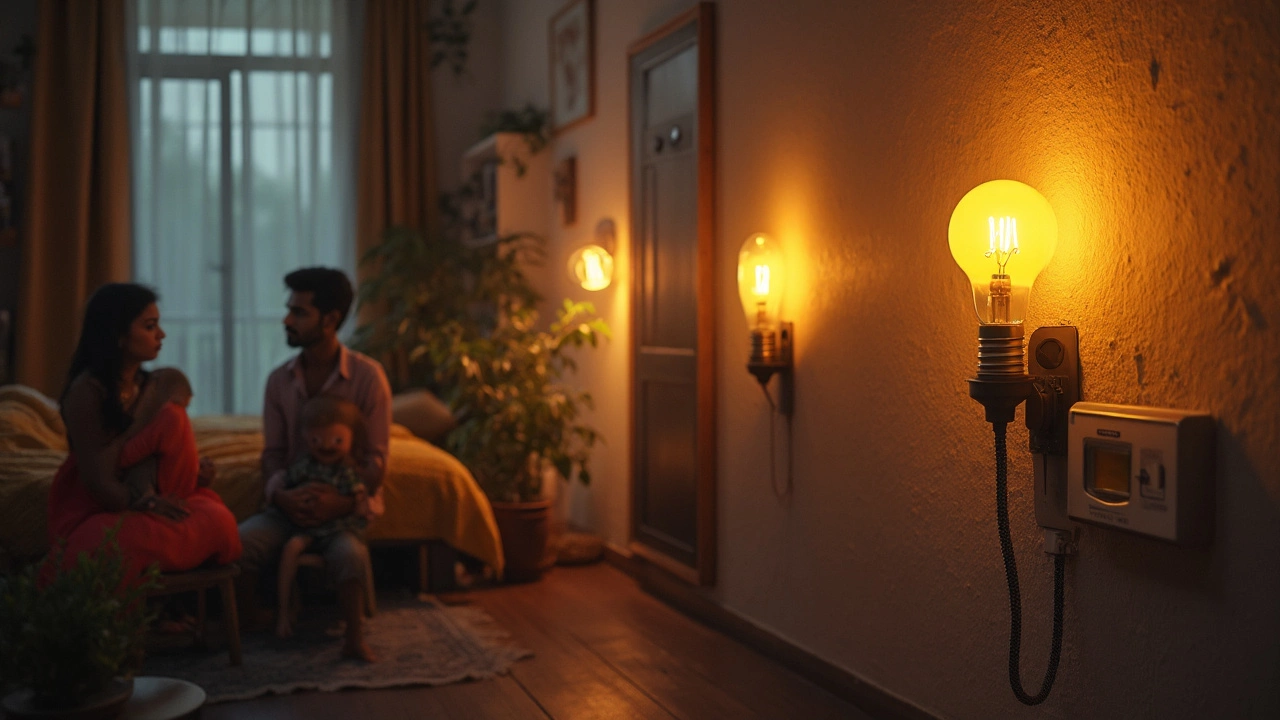Smart Lighting: Modern Ways to Light Up Your Home
When working with smart lighting, a connected lighting system that adjusts brightness, color, and timing via apps or voice commands. Also known as intelligent illumination, it brings convenience and mood control to any room.
Understanding smart lighting basics starts with the core components. The most common light source is the LED bulb, energy‑saving diode that can change color and dim without flicker. These bulbs power the system and make the energy‑efficiency claim possible. Home automation, the broader network that links lights, thermostats, and security devices, relies on smart lighting to create seamless scenes. The glue that holds everything together is the IoT, Internet of Things connectivity that lets gadgets talk to each other over Wi‑Fi or Zigbee. Finally, energy efficiency, the practice of using less power to achieve the same illumination level, shapes how you choose fixtures and schedules. In short, smart lighting encompasses automated control, it requires IoT connectivity, and energy efficiency influences every design decision.
Why bother with a connected system? First, convenience. Imagine saying, "Hey Alexa, set a warm reading mood," and watching the living room glow shift instantly. Second, safety. Motion‑activated pathways can turn on at night, reducing trips and falls. Third, cost control. By scheduling lights to dim or turn off when rooms are empty, you cut electricity use without sacrificing comfort. All of these benefits flow from the integration of home automation and energy‑efficient LED bulbs, proving that a small tech upgrade can have a big impact on daily life.
Planning a smart lighting rollout involves a few practical steps. Start by auditing your existing switches and bulbs—are they compatible with a hub or do you need retrofit adapters? Next, decide on a control method: a dedicated app, voice assistant, or wall panel. If you go the hub route, choose one that supports multiple protocols (Zigbee, Z‑Wave, Wi‑Fi) to keep future expansion simple. Finally, map out zones; grouping lights by function (kitchen cooking, bedroom relaxing) makes scene‑creation intuitive and reduces the number of commands you need to remember.
Every room has a sweet spot for smart lighting. In the kitchen, under‑cabinet LED strips provide task lighting that can brighten when you start cooking and fade when you’re done. In the living room, color‑changing bulbs can sync with movies or music, creating an immersive atmosphere. Bedrooms benefit from sunrise‑simulation routines that gradually increase light to help you wake up naturally. Outdoor areas like patios can use motion sensors to light paths only when needed, pairing safety with energy savings. These use cases show how the same core technology—LED bulbs, IoT control, and home automation—adapts to diverse needs.
When it comes to buying, look for bulbs with a high lumens‑per‑watt rating and a reputable color‑rendering index (CRI) above 80 for true‑to‑life colors. Check if the bulb’s firmware can be updated; manufacturers often add features after purchase. For installation, most LED bulbs are plug‑and‑play, but switch‑replacements may need a neutral wire for the hub. If you’re unsure, start small with a single room, test the app experience, and expand as confidence grows. The goal is to build a system that feels natural, not forced.
Below you’ll find a curated collection of articles that dive deeper into each of these topics. From step‑by‑step guides on choosing the right LED fixtures to case studies on how smart lighting improves energy bills, the posts are designed to give you actionable insights. Whether you’re a DIY enthusiast or just curious about the latest home tech, the resources here will help you turn a basic lighting plan into a fully integrated, mood‑setting experience.
